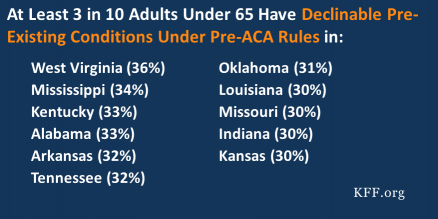
Many employers see health insurance as an important part of their overall compensation. But the cost of these benefits has increased steadily for a decade. There are many reasons for this, including rising deductibles, higher prescription drug costs, and increased health system pricing. These trends are driving the increase in premiums and depressing wage growth. Many employers are frustrated at the increasing costs and administrative burdens. Some employers are searching for non-wage alternative jobs.
Employers are using more wearable devices for their wellness programs. One survey found that one in five employers collect data on employees' wearable devices. While health insurance continues to be driven largely by rising prices, employers are increasingly looking at alternative payment methods to help their employees.
According to the Congressional Budget Office the number of Americans who will continue to receive health care through their employer-sponsored plans will be the same 159 millions in ten years. That means health insurance will continue to be a tax-preferred alternative. However, single coverage will cost more than 9.86% of household income in 2019.

Premiums are not just the cost of the health insurance, but also the cost of deductibles. A quarter of American workers have a minimum $2000 deductible. This is the reason why many companies are opting for a self-insured plan, which is a way to reduce the overall cost of the benefits. When claims are low, the self-insured plan saves money. However, if the claim exceeds expectations, the employer may have to pay more.
The age mix of employees determines the rates for small groups. Massachusetts is an example of this. Workers under 25 are paid $1186 per year and those over 25 get $6,896.
Larger employers are able to control the plan coverage. Large employers usually offer a biometric screening for employees. They offer a health and wellness program to encourage employees to see lower-cost doctors. The public sector can also tailor their health care plans to fit employees' needs.
The Affordable Care Law will make it possible for employers with 51 to 100 workers to be part of a merged healthcare insurance market. This is expected to happen in 2016. These employers will pay premiums that can go up to 9 %. State governments are also required to set a rate annually. Those who don't offer affordable plans are subject to a $3,480 annual penalty.

To comply with the ACA some small employers will need to make additional contributions to subsidize employee health insurance. Massachusetts has a 50-percent minimum contribution from employers.
Despite these requirements the number of companies offering health insurance is continuing to decline. Many small employers are dissatisfied with the uncontrollable costs of benefits, after a decade filled with rapid increases. Although these health insurance rates are not increasing for most employers, some are still finding it difficult to retain employees.
The difficulty of keeping employees on board is growing as the unemployment rate continues to be low. This is a major problem for employers. Employers can be fined $2,320 per person if they fail to offer health insurance. You can also face thousands in fines if you fail to comply COBRA. This law requires employers offer ongoing health care to their employees.